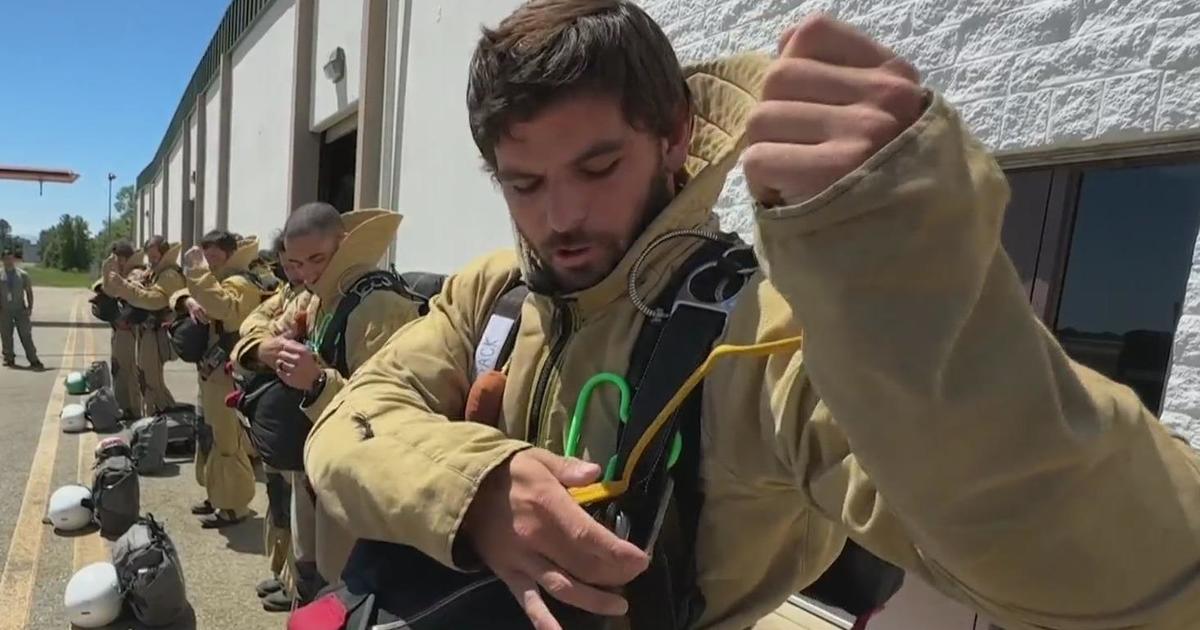Northern California reservoirs rise amid much needed winter rain
Recent years have quite literally seen ups and downs for Lake Oroville, but this winter's rainfall has been a welcome trend in the right direction.
In his 60 year old boat, Greg Purdy is playing taxi driver for some friends who are heading out to a houseboat on Oroville, which is doing just about as well as it could be.
"Oh, the lake level is beautiful," he said.
In fact, lake management is working to keep the lake down ahead of the incoming storm systems. It's a dramatic reversal of fortune from just a few years ago.
In August of 2021, under smoke-filled skies, the dam's hydroelectric power plant was shut down for the first time ever, as water levels plunged towards the bottom of the intake valves.
"It was so low that we were basically sitting out in the middle of the lake," Purdy recalled.
"It's all about rainfall," explained Donald Bader with the US Bureau of Reclamation. "We are going to be tracking 20 inches here for the month of February. Those really bad years, 23 years ago, we were getting less than an inch for the month. That's how variable our winters can be in northern California and the rest of the state."
Bader oversees Shasta Lake, which is now moving more water than it normally would, in case this winter throws more storms our way.
"We have a coordinated operations agreement with the state," Bader said of the flood management strategy. "So we communicate. We combine efforts here. So if Orville got plus water that helps Shasta, and vice versa."
Then-governor Ronald Reagan dedicated Oroville in 1968. And for a lake now closing in on 60, the past seven years have been remarkable. 2017 brought historic rainfall that tested the dam in ways no one would like to see again. Just four years later, there were historic lows. Now, the new spillway is in use as the lake fills again.
The water recovery began with the record rains of last winter when the state's reservoirs to 128% of their historical average, making it among the wettest years in recorded state history. In early January, numbers from East Bay MUD showed the Bay Area's reservoirs were at a combined 80% of total capacity or about 11% above normal.
It's been a wild ride for Lake Oroville, but for now, there are no complaints about the rain season.
"Absolutely," Purdy said. "We need all the water we can get. It's worth more than gold."




